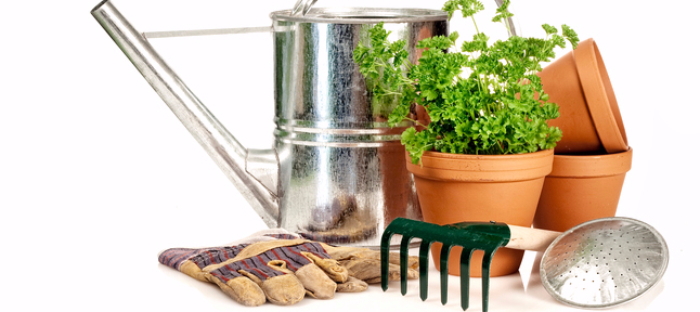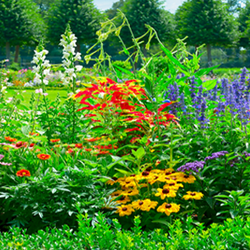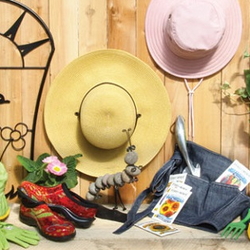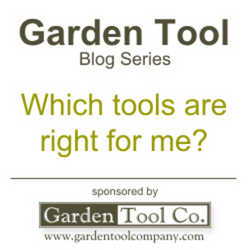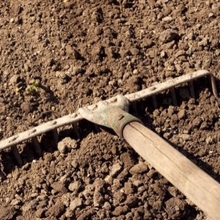Despite what you might think, the tools required for productive indoor and outdoor gardening are not quite the same. Check out which of these ten tools you might still need!
Since we spend so much of our time indoors—especially in the winter—indoor gardening can have many benefits. Plants can make your home or work space more attractive and inviting. A 2008 Dutch study found that hospital patients with plants in their rooms reported lower levels of stress and better recovery outcomes than patients who did not have plants in their rooms. They can also help fight indoor air pollution by naturally purifying their surroundings. NASA research shows that indoor plants are able to pull contaminants from of the air and convert them into nutrients for the soil. Finally, you can grow many foods indoors to save a little money and balance your diet.
When you think of what tools you'll need for your garden to thrive, you probably think of some of the large items such as rakes, shovels, spades, and cultivators; however, these are all for outdoor work. If you are looking to expand your indoor garden this winter, here are some useful items to add to your repertoire. Now is the time to shop for these garden tools, since the shelf space will be used for more seasonal items this fall and winter.
1. Hand Fork
Your indoor plants do not have the same access to soil nutrients as your outdoor plants do. So, in order to keep container plants healthy, it is essential to add fertilizers and compost, but to work them into the soil effectively, you'll need a hand fork.
A hand fork features three or more prongs to help you work the soil to aerate it and to make sure nutrients are properly distributed. You can also use one of these for planting and transplanting. For tiny plants, simply use an old table fork that you've bent into the desired shape.
A small hand fork or trowel is essential for indoor gardening.
2. Pruners

A well-made set of pruners is worth its weight in gold to the indoor gardener. Use them to snip stems, leaves, and unwanted growth with ease and precision. Make sure they are kept sharp and clean to prevent unnecessary damage to your plants. Wiping with rubbing alcohol after using keeps the blades free from disease.
3. Transplanter
When you garden indoors, you work in tight spaces, and you often have to move plants from one pot to another. A transplanter is a nifty tool that makes these chores a breeze. A hand transplanter also is useful for planting bulbs.
4. Indoor Watering Can
When it comes to watering cans, one size does not fit all. A watering can that works great outdoors may be cumbersome for your indoor needs. For optimal efficiency, look for one that is small, (about a half-gallon capacity) and lightweight and has a long, thin neck. The can should be easy to fill and easy to clean as well.
This budget-friendly watering can has an unusual design that reduces spills.
5. Mister
Dry indoor air can be deadly to your garden, as many indoor plants do best in humid conditions. Skip the inexpensive plastic spray cans, and look for a handy mister that offers a fine, gentle spray.
A glass mister lasts for years and will outlive a plastic one.
6. Grow Lights
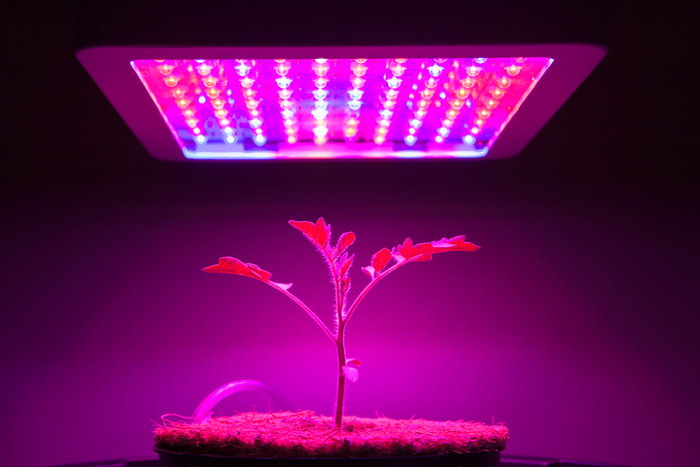
Research how much light your plants need in order to thrive. Then, supplement the short-lived winter sunlight with a grow light. There are many options available to suit both your plants and your budget. Many times, common fluorescent bulbs will suffice if you use 1 warm and 1 cool together.
A full spectrum LED grow light set up is surprisingly affordable and fits almost anywhere.
7. Soil Tester
Take the guesswork out of fertilizing and watering with a soil tester. Available in many makes and models from around $15 and up, soil testers provide moisture levels, pH levels, and light levels for your indoor plants. With most testers, you simply insert a probe into the soil, and then read a scale to determine soil conditions.
A good soil tester is essential for both indoor and outdoor gardens and is surprisingly affordable.
8. Trowel
An outdoor trowel is too big for most indoor pots. Even though you may be tempted to make do with a fork or a spoon, don’t do it. When you use a trowel specially made for pots, you will be able to accomplish small tasks with ease and comfort.
A small, seed planting trowel does double duty as an indoor tool.
9. Trays
Most indoor planters and containers require drainage trays. They help protect your carpet and floors and help your plants stay healthier. Look for sturdy ones that are easy to move and to clean.
10. Plant Stakes
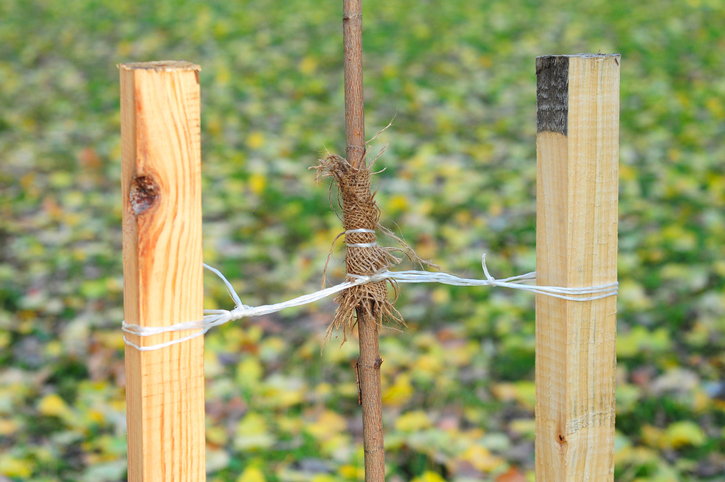
Give your indoor plants the support they need to grow by providing stakes. With bamboo or plastic stakes and some wire ties, you can offer your growing plants the opportunity to climb safely and securely in all directions. For small plants, simple bamboo skewers found in the kitchen aisle work beautifully.
Indoor gardening is a great way to enjoy the benefits of planting and growing all year-round. By investing in a few basic supplies, you will be able to take your green thumb inside for many years to come.
